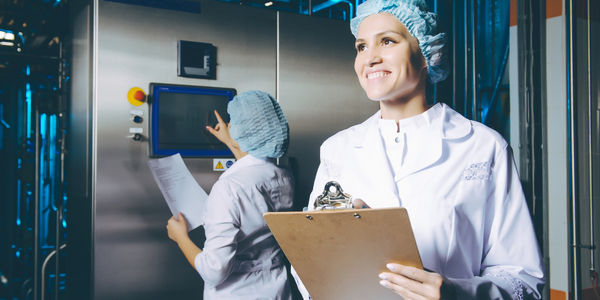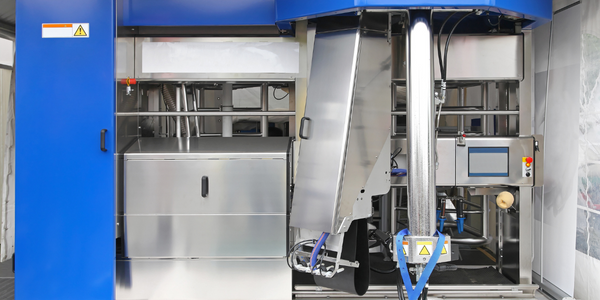Customer Company Size
SME
Country
- Australia
Product
- Agworld
Tech Stack
- Data Analytics
- Cloud Computing
Implementation Scale
- Enterprise-wide Deployment
Impact Metrics
- Productivity Improvements
- Cost Savings
Technology Category
- Platform as a Service (PaaS) - Data Management Platforms
Applicable Industries
- Agriculture
Applicable Functions
- Quality Assurance
- Logistics & Transportation
Use Cases
- Supply Chain Visibility
- Inventory Management
Services
- Data Science Services
- Cloud Planning, Design & Implementation Services
About The Customer
Gillieston Fresh Produce (GFP) is a family-owned business that grows 160 acres of Entice tomatoes annually on their farm just west of Shepparton, VIC. The company supplies first grade tomatoes to supermarkets and other outlets, while second grade tomatoes end up in the supply chain for food service companies and the rest gets made into tomato paste. GFP has to be Freshcare accredited, which focuses on food safety, quality and the traceability of inputs utilised in the growing process, in order to supply these retailers. The company uses a lot of different style fertilisers and tracks their nutrition in Agworld. They also run 3 of their own refrigerated trucks that can carry 22 pallets of tomatoes each, making 2 trips per day to Melbourne and 1 trip to Sydney.
The Challenge
Gillieston Fresh Produce, a tomato grower for wholesalers on the East Coast of Australia, was facing challenges in accurately tracking nutrition and other inputs applied to each field. They were also unable to record the cost of production and profit for a specific field. The lack of detailed records was affecting their ability to optimize their production process and maximize profitability. The company needed a solution that would allow them to plan and budget their whole season, record every single field operation as the season progresses, and have accurate historic records available per individual field.
The Solution
GFP decided to use Agworld, a platform that allows them to plan and budget their whole season and record every single field operation as the season progresses. Before the season starts, their agronomist creates a plan for the whole season together with the Borzillo family in Agworld. They go through their soil tests per field and create a nutritional plan per field in Agworld. They also work out which fields will be planted early and which ones later in the season. They then record every input they apply with great detail, even down to individual batch numbers of chemicals, in Agworld for traceability and certification purposes. By recording everything they do on their fields in Agworld, from plastic to drip-tape, pre-emergents and every single soil working, they get an accurate cost per hectare from the field all the way to the packing shed.
Operational Impact
Quantitative Benefit

Case Study missing?
Start adding your own!
Register with your work email and create a new case study profile for your business.
Related Case Studies.
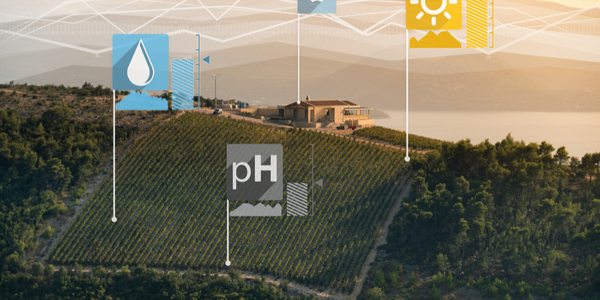
Case Study
Intelligent Farming with ThingWorx Analytics
Z Farms was facing three challenges: costly irrigation systems with water as a limited resource, narrow optimal ranges of soil moisture for growth with difficult maintenance and farm operators could not simply turn on irrigation systems like a faucet.
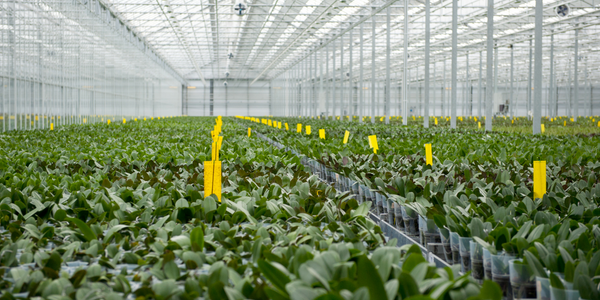
Case Study
Greenhouse Intelligent Monitoring and Control Solution
Farming Orchids is the most successful form of precision farming in Taiwan, and also the most exported flower. Orchids need a specific temperature and humidity conditions to grow and bloom, and its flowering time may not be in line with market demands, so the price collapses when there is overproduction. Therefore, some farmers began to import automated greenhouse control systems for breeding and forcing, which not only improves quality, but also effectively controls the production period and yield to ensure revenue. In 2012, an orchid farmer built a Forcing Greenhouse of about 200 pings (approximately 661 Square Meters) in Tainan, Taiwan. The system integrator adopted Advantech’s APAX-5000 series programmable automation controllers to build the control platform, coupled with Advantech WebAccess HMI/SCADA software, to achieve cloud monitoring. The staff of the orchid field can monitor important data anytime via smart phone, iPad, and other handheld devices, and control the growth and flowering conditions. System requirements: In the past, most environmental control systems of orchid greenhouses in Taiwan used PLCs (Programmable Logic Controller) with poorscalability and control, and could not be connected to the Internet formonitoring from the cloud. For advanced database analysis and networking capability, the PC platform must be adopted. Therefore, PAC Systems (Programmable Automation Controller) with both PLC programming capabilities andPC functions is a better choice.The environmental control of the Orchid greenhouse switches on and off devices like fan, shade net, cooling/heat pump, liquid flow control, water-cooling wall etc. It is controlled by a control panel of electric controllers, and is driven by a motor, to adjust the greenhouse temperature, humidity, and other environmental conditions to the set parameters.
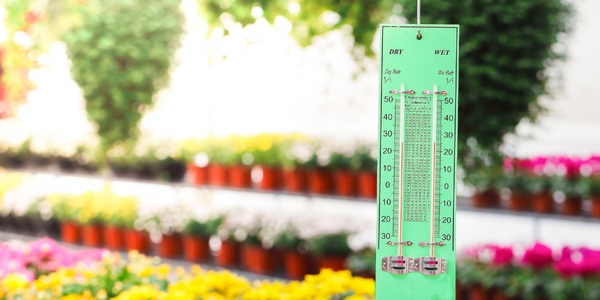
Case Study
Precision beekeeping with wireless temperature monitoring
Honeybees are insects of large economic value and provide a vital service to agriculture by pollinating a variety of crops. In addition, bees provide us with valuable products such as honey, beeswax, propolis, bee venom, etc. Monitoring of honeybee colony health, population, productivity, and environmental conditions affecting the colony health have always been exceedingly difficult tasks in apiculture. Research has shown that even small deviations (by more than 2°C) from the optimal temperatures have a significant influence on the development of the brood and the health of adult bees.
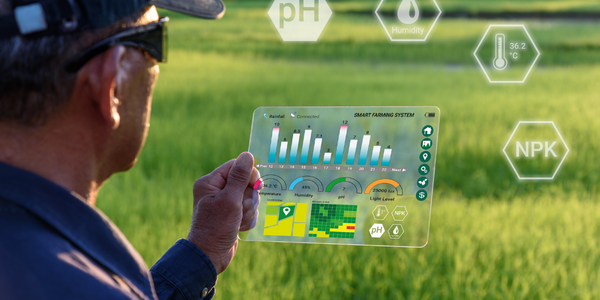
Case Study
Enabling Internet of Things Innovation in Agriculture
DigiBale, wanted to apply technology know-how and IP from implementations successfully to more agriculture sectors including cotton, forestry, sugarcane and cattle. However, farmers and growers still have worries about the connected technology.







